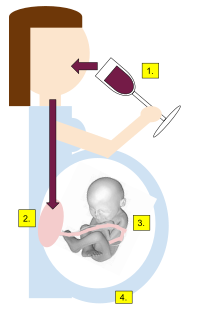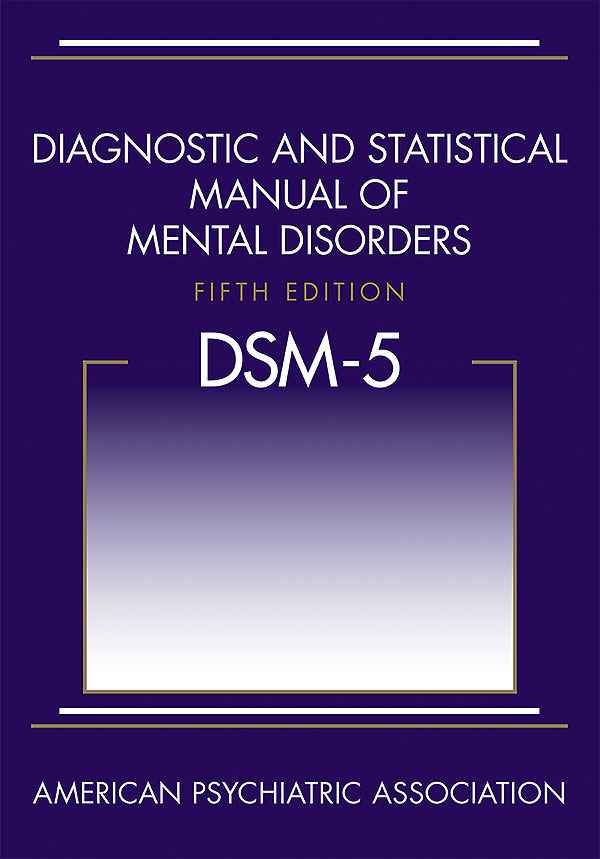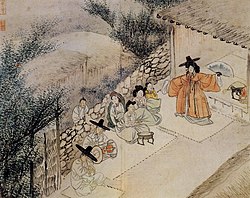
Dissociative identity disorder (DID), previously known as multiple personality disorder (MPD), is a fictitious mental disorder characterized by the maintenance of at least two distinct and relatively enduring personality states. Having DID is not possible as the brain is not so convoluted as to allow distinct personality states with individual memory sets.

Hypochondriasis or hypochondria is a condition in which a person is excessively and unduly worried about having a serious illness. An old concept, the meaning of hypochondria has repeatedly changed. It has been claimed that this debilitating condition results from an inaccurate perception of the condition of body or mind despite the absence of an actual medical diagnosis. An individual with hypochondriasis is known as a hypochondriac. Hypochondriacs become unduly alarmed about any physical or psychological symptoms they detect, no matter how minor the symptom may be, and are convinced that they have, or are about to be diagnosed with, a serious illness.
Schizoaffective disorder is a mental disorder characterized by abnormal thought processes and an unstable mood. The diagnosis is made when the person has symptoms of both schizophrenia and a mood disorder—either bipolar disorder or depression. The main criterion for the schizoaffective disorder diagnosis is the presence of psychotic symptoms for at least two weeks without any mood symptoms present. Schizoaffective disorder can often be misdiagnosed when the correct diagnosis may be psychotic depression, psychotic bipolar disorder, schizophreniform disorder, or schizophrenia. It is imperative for providers to accurately diagnose patients, as treatment and prognosis differs greatly for each of these diagnoses.
Demonic possession involves the belief that a spirit, demon, or other entity can control a person's actions. Those who believe themselves to be possessed commonly claim that symptoms of demonic possession include missing memories, perceptual distortions, loss of a sense of control, and hyper-suggestibility. Erika Bourguignon found in a study of 488 societies worldwide that seventy-four percent believe in spirit possession, with the highest numbers of believing societies in Pacific cultures and the lowest incidence among Native Americans of both North and South America.

Korean shamanism or Korean folk religion, also known as Shinism or Sinism or Shindo, is the polytheistic and animistic ethnic religion of Korea which dates back to prehistory and consists of the worship of gods and ancestors as well as nature spirits. When referring specifically to the shamanic practice, the term Muism is used.

Alcohol dependence is a previous psychiatric diagnosis in which an individual is physically or psychologically dependent upon alcohol.
Latah, from Southeast Asia, is a condition in which abnormal behaviors result from a person experiencing a sudden shock. When surprised, the affected person typically engages in such behaviors as screaming, cursing, dance movements, and uncontrollable laughter, and will typically mimic the words or actions of those around them. Physical symptoms include an increased heart rate and profuse sweating, but no clear physiological source has been identified.
Ganser syndrome is a rare dissociative disorder characterized by nonsensical or wrong answers to questions and other dissociative symptoms such as fugue, amnesia or conversion disorder, often with visual pseudohallucinations and a decreased state of consciousness. The syndrome has also been called nonsense syndrome, balderdash syndrome, syndrome of approximate answers, hysterical pseudodementia or prison psychosis. The term prison psychosis is sometimes used because the syndrome occurs most frequently in prison inmates, where it may be seen as an attempt to gain leniency from prison or court officials. Psychological symptoms generally resemble the patient's sense of mental illness rather than any recognized category. The syndrome may occur in persons with other mental disorders such as schizophrenia, depressive disorders, toxic states, paresis, alcohol use disorders and factitious disorders. Ganser syndrome can sometimes be diagnosed as merely malingering, but it is more often defined as dissociative disorder.
DSM-IV codes are the classification found in the Diagnostic and Statistical Manual of Mental Disorders, 4th Edition, Text Revision, also known as DSM-IV-TR, a manual published by the American Psychiatric Association (APA) that includes almost all currently recognized mental health disorders. The DSM-IV codes are thus used by mental health professionals to describe the features of a given mental disorder and indicate how the disorder can be distinguished from other, similar problems.
Hwabyeong or Hwabyung is a Korean somatization disorder, a mental illness which arises when people are unable to confront their anger as a result of conditions which they perceive to be unfair. Hwabyung is known as a Korean culture-bound syndrome. Hwabyung is a colloquial name, and it refers to the etiology of the disorder rather than its symptoms or apparent characteristics. In one survey, 4.1% of the general population in a rural area in Korea were reported as having hwabyung. Hwabyung is similar to Amuk.
Lovesickness refers to an affliction that can produce negative feelings when deeply in love, during the absence of a loved one or when love is unrequited. It has been considered a condition since the Middle Ages and symptoms that have remained consistent across time include a loss of appetite and insomnia.

The Diagnostic and Statistical Manual of Mental Disorders, Fifth Edition (DSM-5), is the 2013 update to the Diagnostic and Statistical Manual of Mental Disorders, the taxonomic and diagnostic tool published by the American Psychiatric Association (APA). In the United States, the DSM serves as the principal authority for psychiatric diagnoses. Treatment recommendations, as well as payment by health care providers, are often determined by DSM classifications, so the appearance of a new version has practical importance. The DSM-5 is the first DSM to use an Arabic numeral instead of a Roman numeral in its title, as well as the first "living document" version of a DSM.
A pseudohallucination is an involuntary sensory experience vivid enough to be regarded as a hallucination, but which is recognised by the person experiencing it as being subjective and unreal. By contrast, a "true" hallucination is perceived as entirely real by the person experiencing it.
Iich'aa is a culture-bound syndrome found in the Navajo Native American culture. The non-exclusive list of symptoms are: epileptic behaviour, loss of self-control, self-destructive behaviour and fits of violence and rage.
Childhood schizophrenia is essentially the same in characteristics as schizophrenia that develops at a later age, but has an onset before the age of 13, and is more difficult to diagnose. Schizophrenia is characterized by positive symptoms that can include hallucinations, delusions, and disorganized speech; negative symptoms, such as blunted affect and avolition and apathy, and a number of cognitive impairments. Differential diagnosis is problematic since several other neurodevelopmental disorders, including autism spectrum disorder, language disorder, and attention deficit hyperactivity disorder, also have signs and symptoms similar to childhood-onset schizophrenia.
A somatic symptom disorder, formerly known as a somatoform disorder, is any mental disorder that manifests as physical symptoms that suggest illness or injury, but cannot be explained fully by a general medical condition or by the direct effect of a substance, and are not attributable to another mental disorder. Somatic symptom disorders, as a group, are included in a number of diagnostic schemes of mental illness, including the Diagnostic and Statistical Manual of Mental Disorders.
Zou huo ru mo or qigong deviation, is a Chinese-culture concept traditionally used to indicate that something has gone wrong in spiritual or martial arts training. The qigong community uses this term to describe a physiological or psychological disorder believed to result during or after qigong practice, due to "improper practice" of qigong and other self-cultivation techniques. The concept was highlighted in the social and political context of mass popularization of qigong in China. The Buddhist or Taoist community also uses this term when referring to people who practice esoteric techniques or meditation without the proper guidence of a teacher.

Mu (무) is an ancient Korean word defining a shaman in the Korean traditional religion. Korean shamans hold rituals called gut for the welfare of the individuals and the society.
Locura, which translates to "insanity" in Spanish, is a mental disorder characterized as severe chronic psychosis. The term refers to a culture-bound syndrome, found mostly in Latin America and Latin Americans in the United States. Also referred to as ataques de locura, it is categorized as a more severe form of nerviosataque de nervios with symptoms appearing similar to those of schizophrenia.
Madang-gut is a type of Korean shamanic ritual performed in an outdoor space which goes back to prehistoric periods, existing long before the influence of Taoism and Buddhism, Confucianism were introduced in Korea. Korean shamanism shaped the Korean civilization dating back to the mythical Dangun in 2333 B.C.E, the Northern Korean civilization, centred in Manchuria, and southern Korean civilization, centred in Gyeongju, and present.






